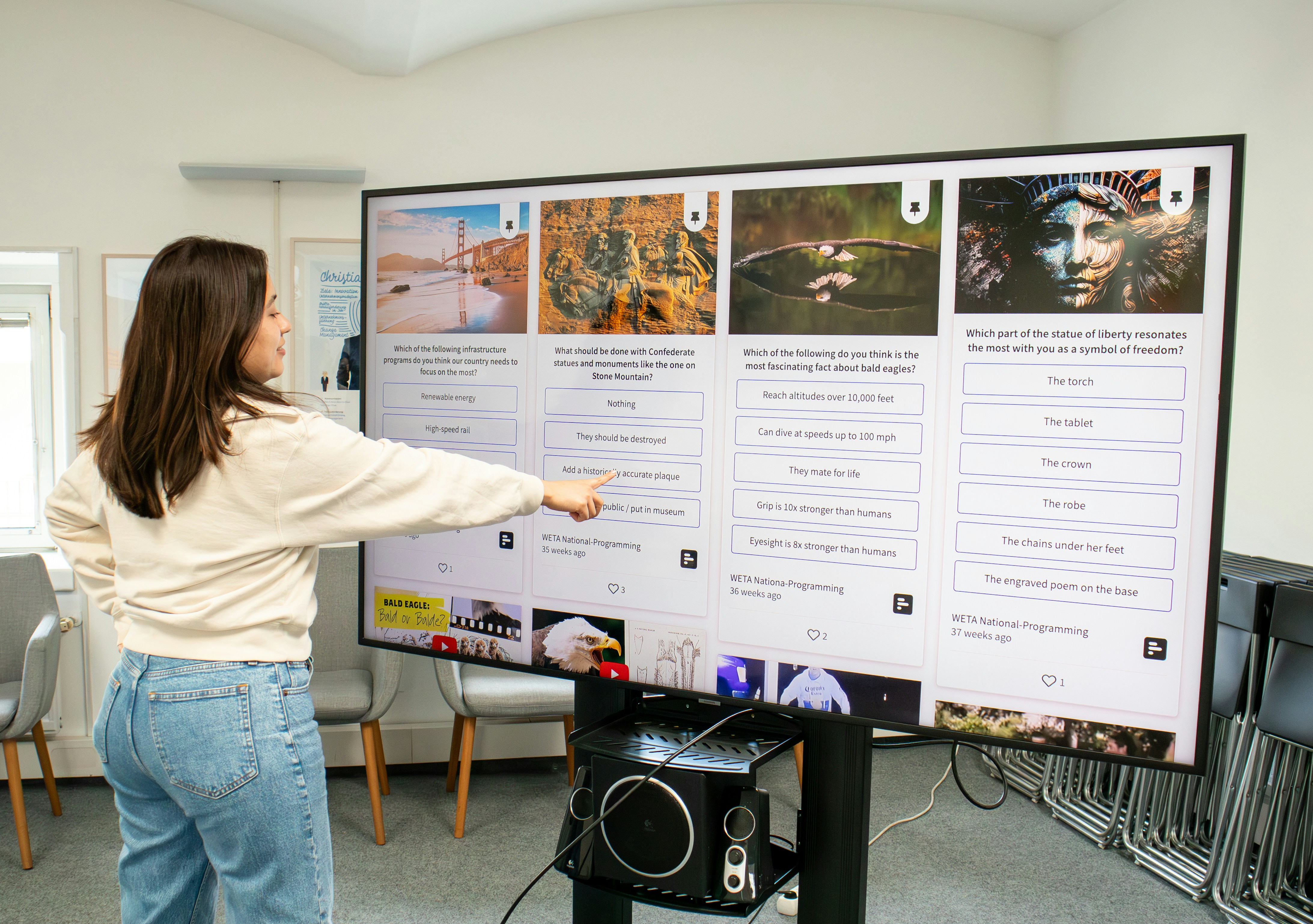
Have you ever been in a situation where you wanted to involve a partner in your Horizon 2020 proposal consortium, but you were in doubt whether this partner is already committed to another consortium?
If yes, you are not alone! Since the EU funding landscape is very competitive, especially within H2020, this situation becomes a daily reality to those who are involved in proposal development. A sound partnership and well-working collaboration within the consortium are essential prerequisites to produce a winning proposal.
With this in mind, it is high time to share some practical insights on how to get ahead of the competition and engage meaningful partners in your consortium!
The early bird catches the worm
Reach out to the partners that you want to involve into your proposal as early as possible and with a clear and compelling enquiry. Calls for proposals in Horizon 2020 are normally announced with tight deadlines, ranging from more than one year in lucky but rare cases to very short notices of about 3-4 months.
This means that, as proposal coordinator, you should be quick to delineate as clearly as possible the areas of expertise needed for your project idea. Identify for each of these areas appropriate partners and invite them with the help of a convincing concept into your consortium.
If you are involved as partner in this consortium finding process, do your best efforts to comply with the proposal writer’s enquiries. This does not mean you should follow blindly whatever she or he decides. But it means that you need to provide quality input based on the terms on which you entered the consortium. This is the best support the coordinator can get from you to clearly oversee what areas of expertise are covered in the consortium and what a potential partner still has to bring in.
Get some help from outside
The strongest concept and the best persuasion skills to invite people into your consortium can be useless if the partner you identified is already engaged in another consortium. The only way of preventing this situation is to know about the people and institutions working in the domain(s) you are developing a proposal in and to invite them to join as partners. For this, it is of great advantage to have the right networks and contacts at hand to tap into, but establishing those is usually a lengthy process.
If you are not that lucky to have such networks at hand or are new in the specific domain, you will find some help outside of your circles:
There are plenty of ICT tools available. Besides the partner search platforms maintained nationally or by the European Commission (this website shows a great overview), specific projects such as C-Energy, NCPs CaRE or danubeHEAT offer similar services with topical foci. Another option provides the brand-new Partner Search service of the European Commission that can be accessed directly via any of the official work programme topic pages. This tool allows to publish own expertise / launch a partner search for each call topic separately.
Do not forget to check out the information events by the Commission held on specific call topics of the current H2020 Work Programme 2018-2020 (e.g. recordings from the EASME Info Days 2017 and from the SC2 Infoweek). Whether you follow such events live or via webcast, you will not only reap additional information about the call challenge, scope and expected impact but also get an idea, during the Q&A session, who and which organisation is interested in specific call topics.




